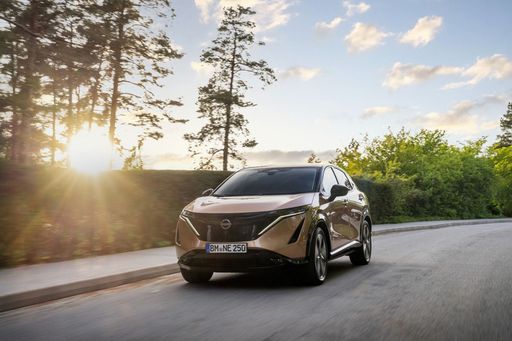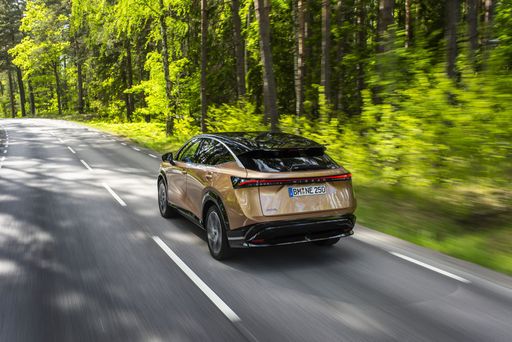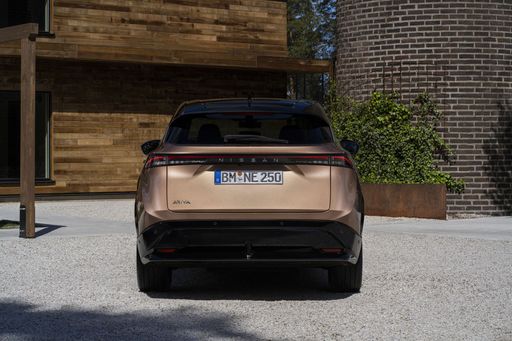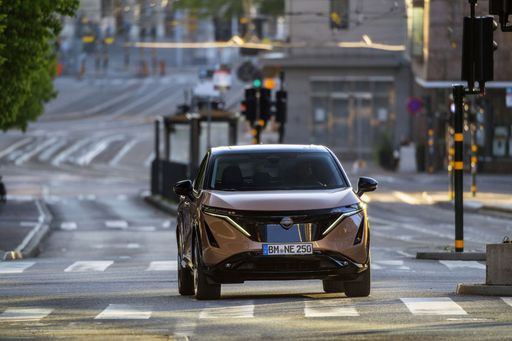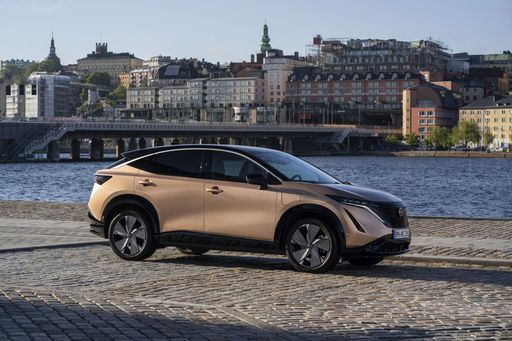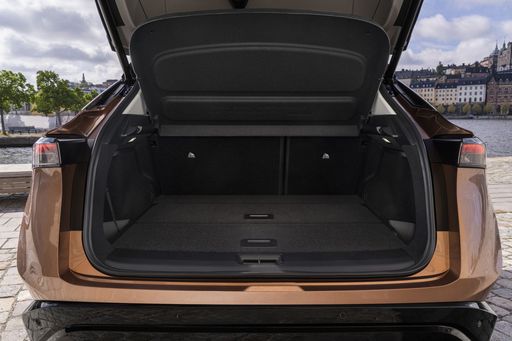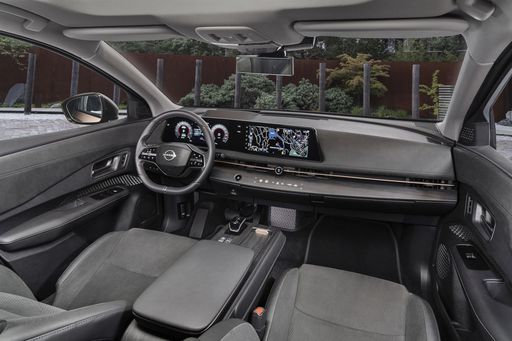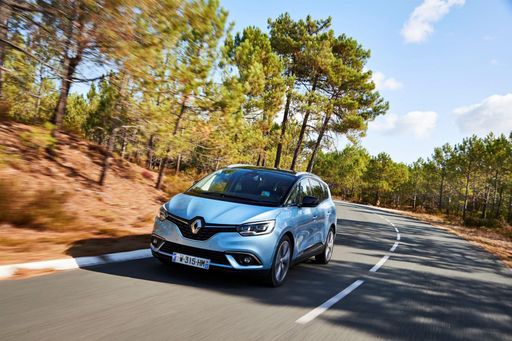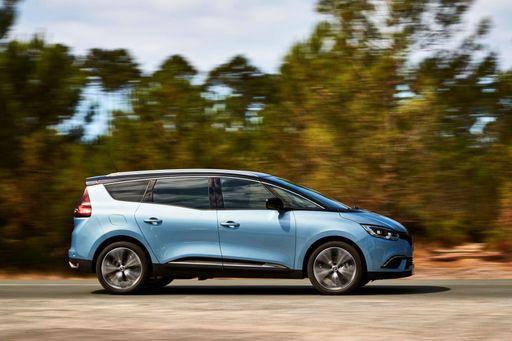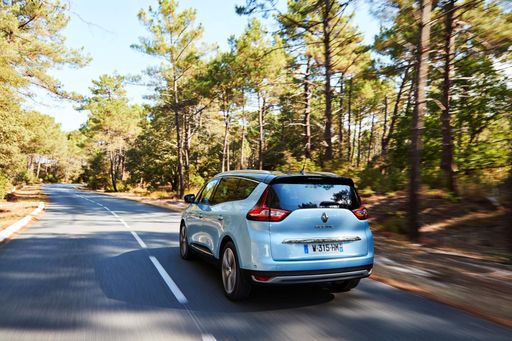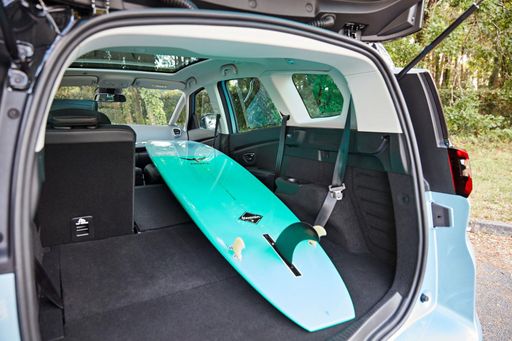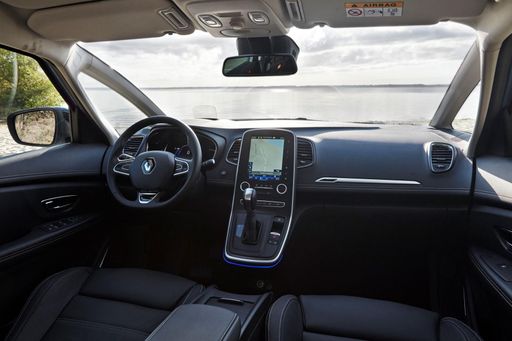Electric Evolution: Nissan Ariya vs Renault Scénic
In the ever-evolving automotive landscape, electric vehicles (EVs) have taken center stage, showcasing the fusion of innovation and sustainability. Two prominent contenders in this segment are the Nissan Ariya and the Renault Scénic. Both vehicles embody the shift toward eco-conscious transportation, but how do they measure up against each other in key technical aspects and practical applications? Let’s dive deep into the details.

